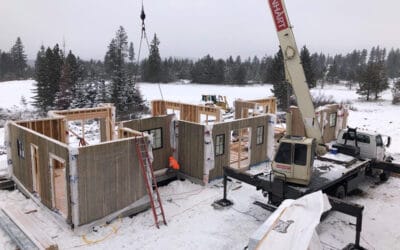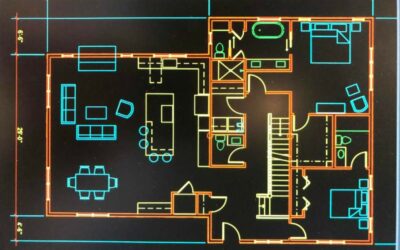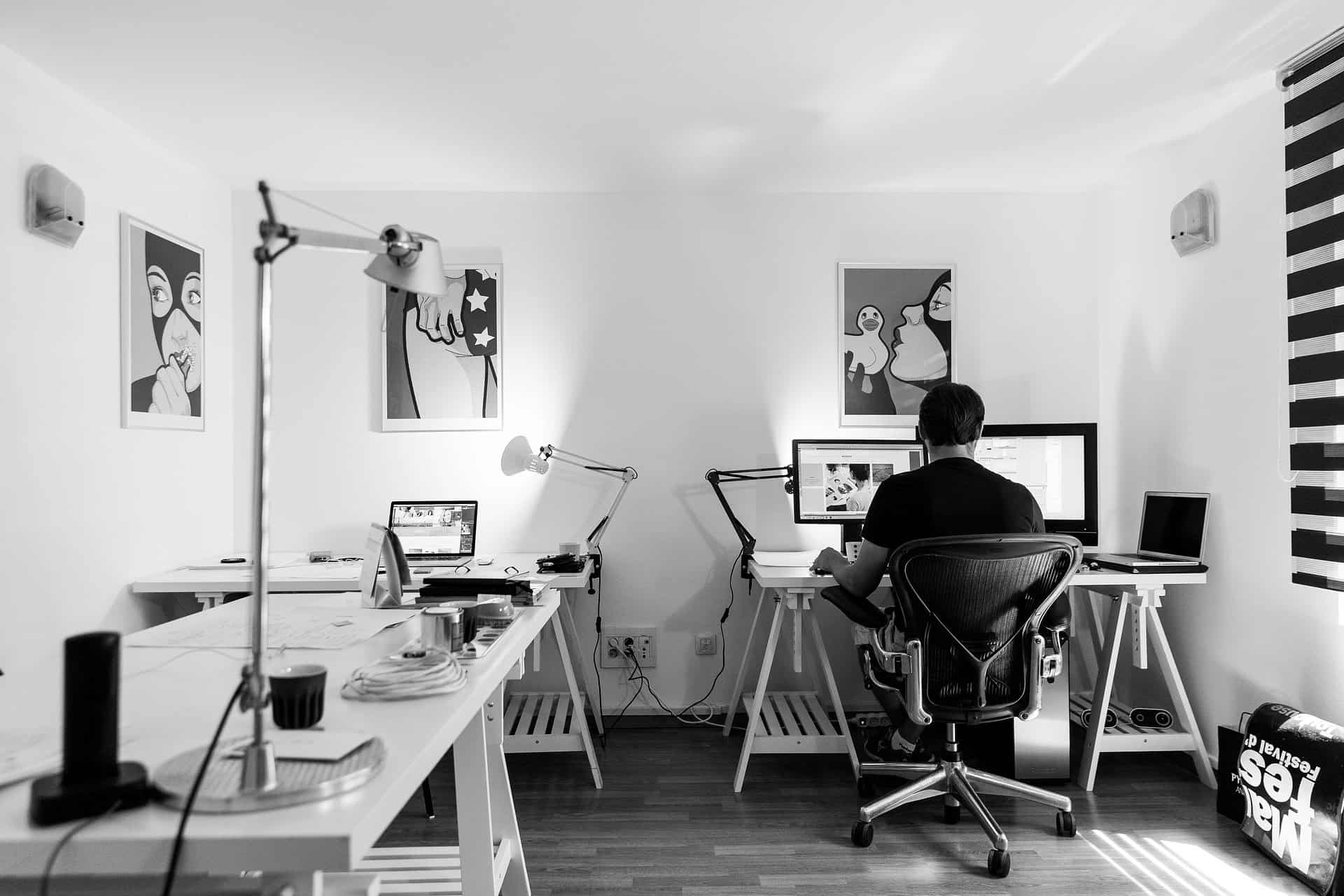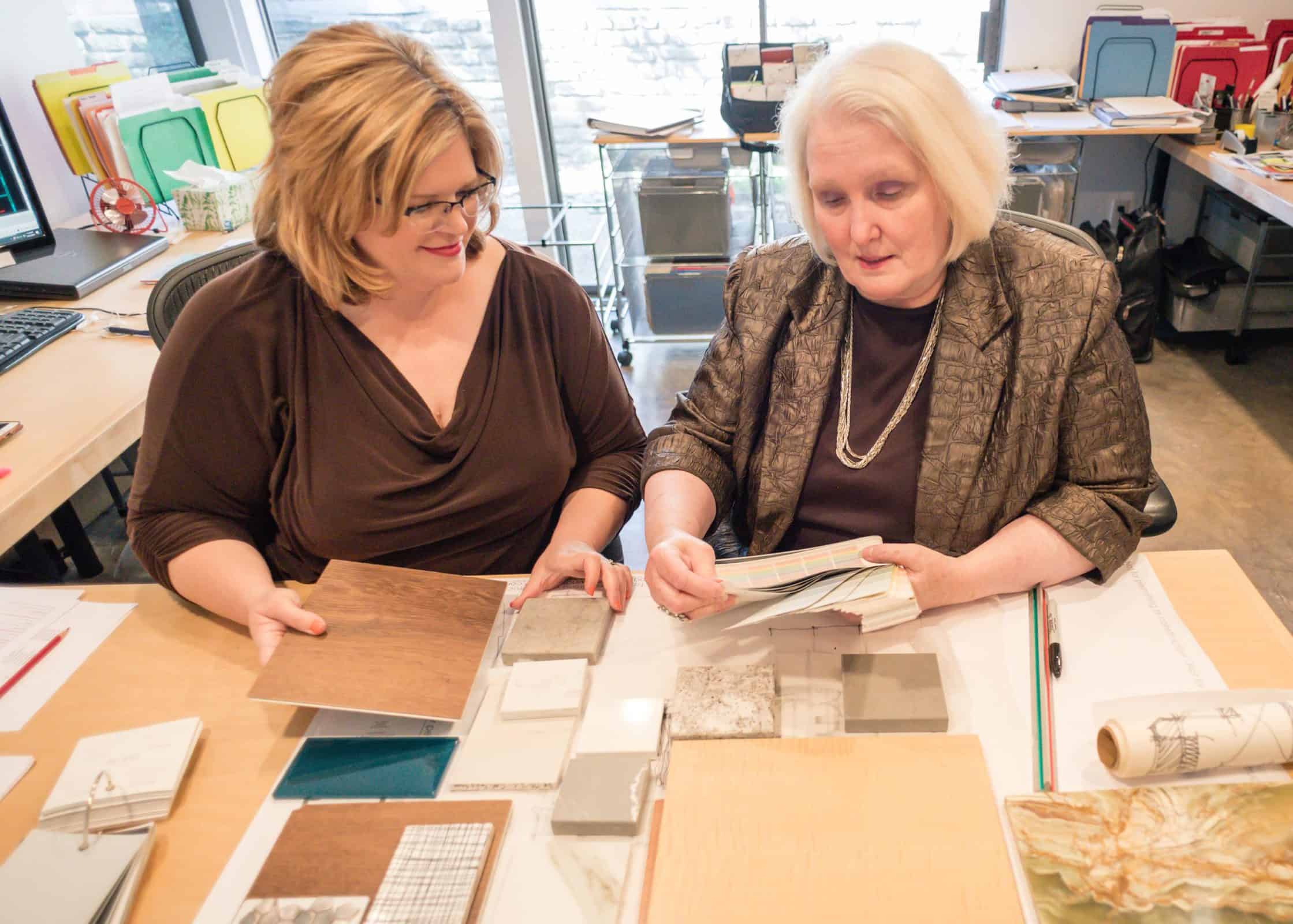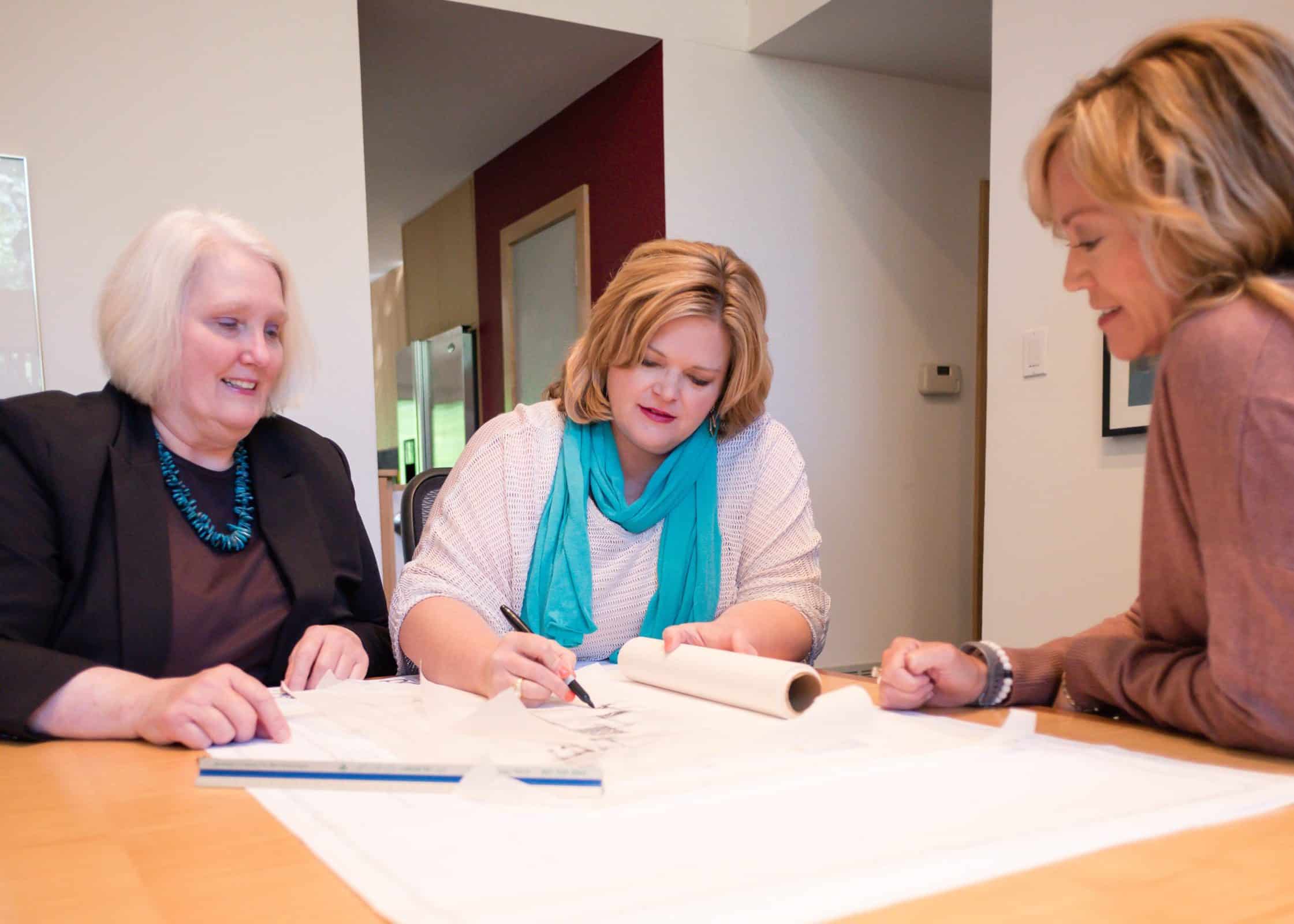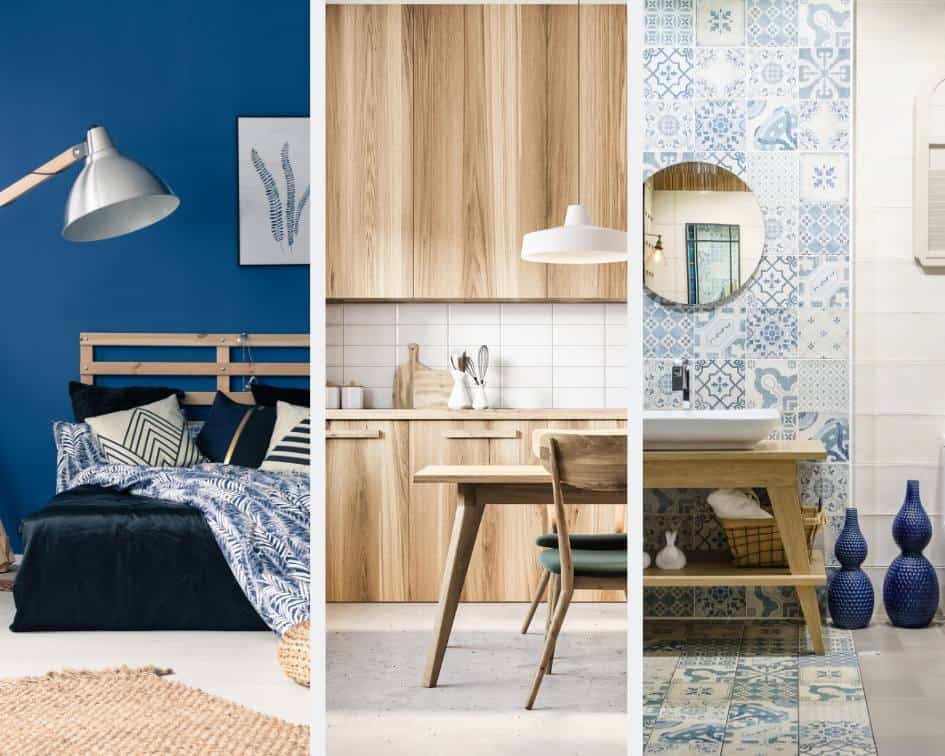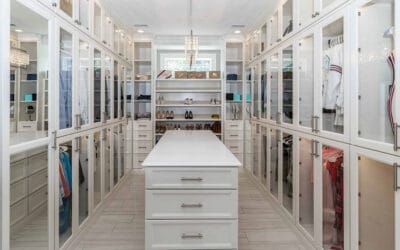Interior design color trends move with the seasons so is it time to ditch the gray? Here are some easy ways to add color to a room.
the architecture happy hour podcast
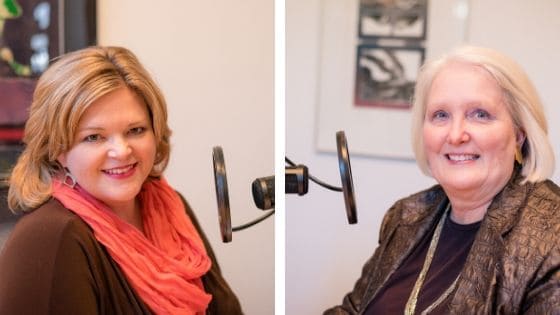
meet your co-hosts
The architecture Happy Hour is an informal and entertaining podcast started in 2009 hosted by hpd architecture + interiors principals, Laura Davis and Holly Hall.
From the very beginning we wanted the podcast to feel like you were sitting down with friends to chat about architecture and home design.” shares Davis. “And if you happen to have a cocktail in your hand, even better.”
Davis and Hall enjoy interviewing special guests to share their thoughts and tips on architecture and interior design. Their intent is to help homeowners and those involved in home projects make decisions more easily.
We think of our listeners as friends, clients, and colleagues. Laura and I share our own experiences from real projects and pass on tips from lessons we’ve learned. We want to know what is important to our listeners so we can be a friendly resource.” says Hall.
Podcast Topics
Prefabricated Home Build FAQ
Nov 18, 2021
Our prefabricated home build FAQ answers common questions about modular and panel home builds and prepares you to meet your builders.
Interview with a Client: Designing a Modular Home
Sep 1, 2021
In this podcast, architect Laura discusses designing a modular home with a very special guest. This is the first in a series on modular and panel builds.
Designing Your Home to Survive Extreme Weather
Mar 1, 2021
In this podcast, Laura and Holly discuss protecting your current home from freezing temperatures as well as designing a new build to survive extreme weather.
20 Ways to Refresh Your Home for Spring
Feb 12, 2021
The holidays and our New Year’s resolutions are distant memories. Spring Break is still a month away. It’s too cold to go outside, and we need a distraction from eating Girl Scout Cookies. So, let’s make the best of it and refresh your home for spring. By embracing...
How will Coronavirus Change Home Design in the Future?
Jul 4, 2020
Listen to our podcast about how might coronavirus change home design and adapting the way we live and planning for the new normal.
Home Design Budget – Wants and Needs List
Feb 20, 2020
Home design budget considerations as well as understanding the difference between your home design needs and things you want but don’t really need.
7 Essentials for Starting Your Home Renovation or New Home Design Project
Feb 13, 2020
If you are thinking of starting a new home design project but you’re not sure where to start, these 7 essentials will get you on the right path.
Best Time of Year to Buy Things for Your Home
Feb 5, 2020
Residential architects in Dallas, Texas, Laura Davis and Holly Hall share the best time of year to buy things for your home.
New Year’s Resolutions for Your Home
Jan 8, 2020
Dallas architects, Laura Davis and Holly Hall talk about ways you can help your home be more healthy, better organized, and budget-smart in the new year!
Architecture Podcast Sponsorship / Guest Opportunities
Are you interested in sponsoring The Architecture Happy Hour podcast?
We want to connect with companies that are a good match with the interest of our listeners.
Please complete the Sponsorship section of our Contact Form and we will be in touch.


